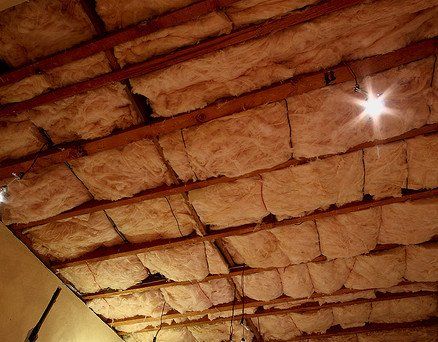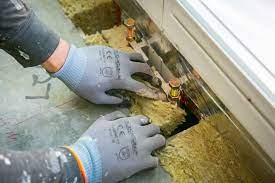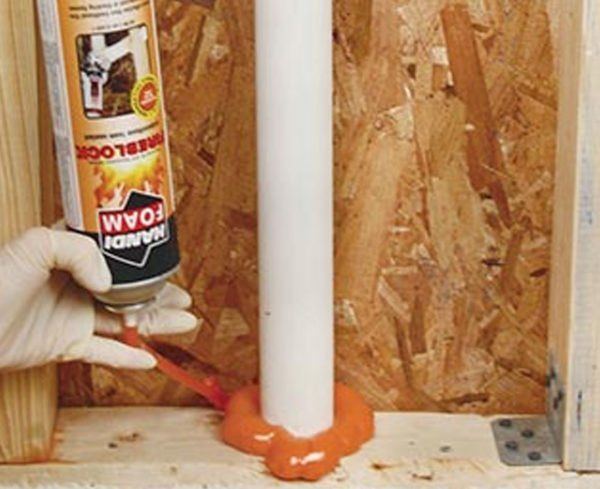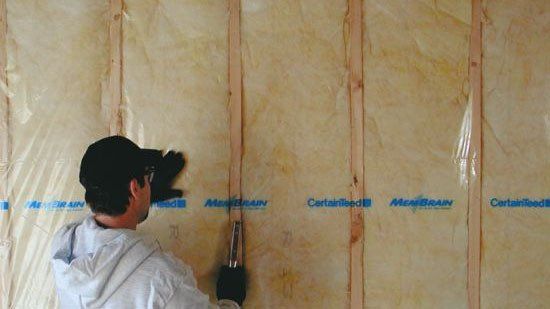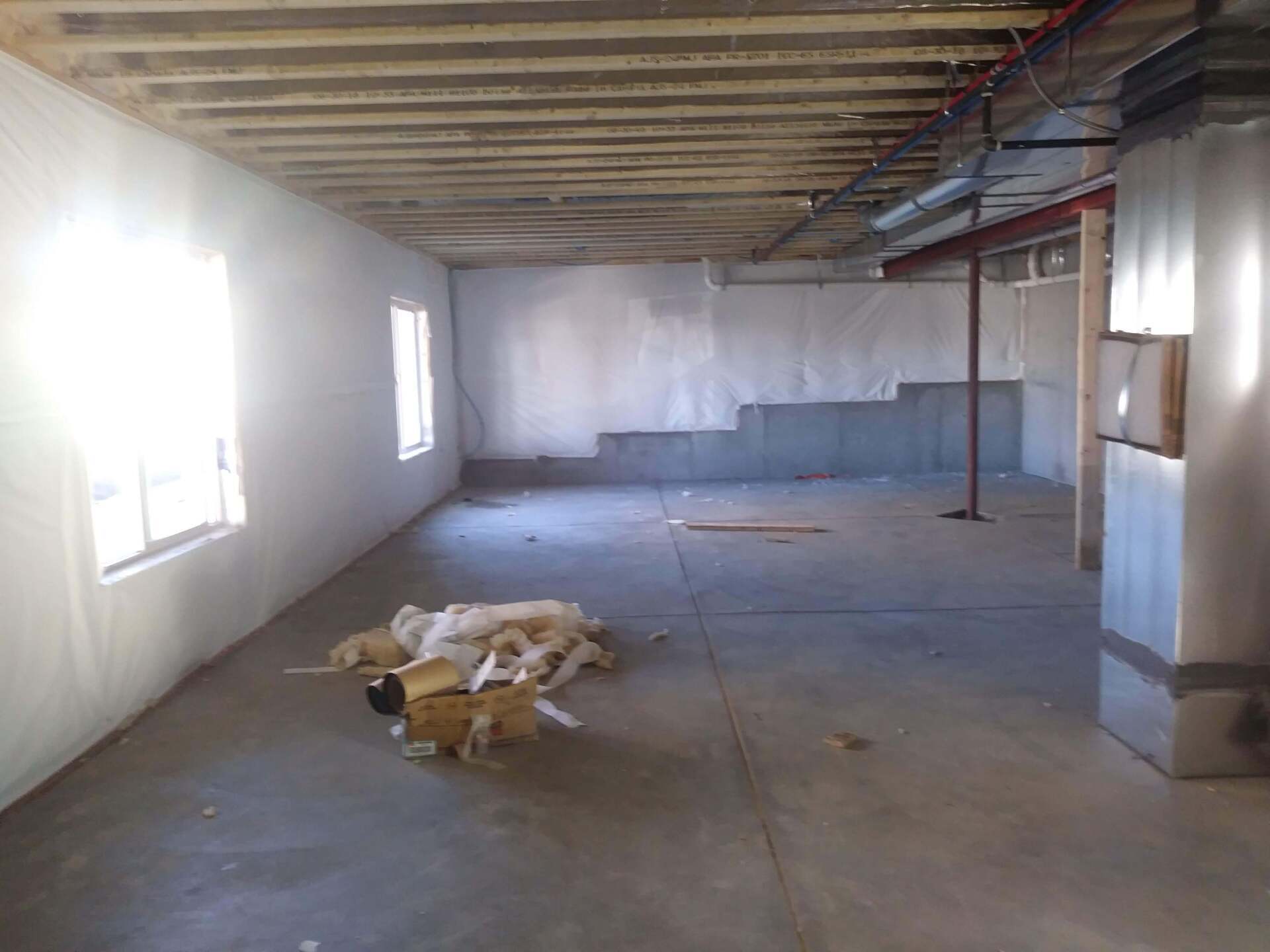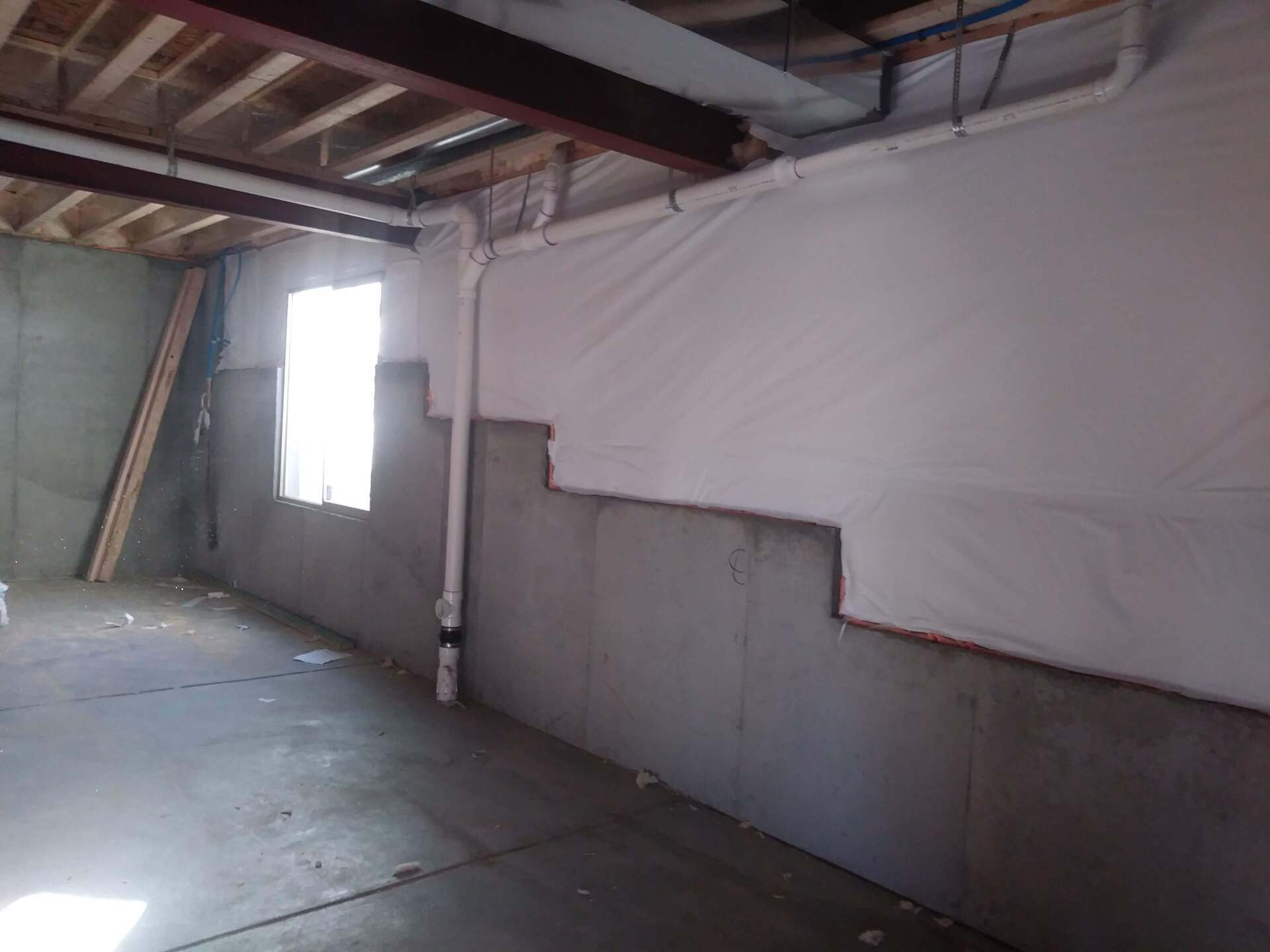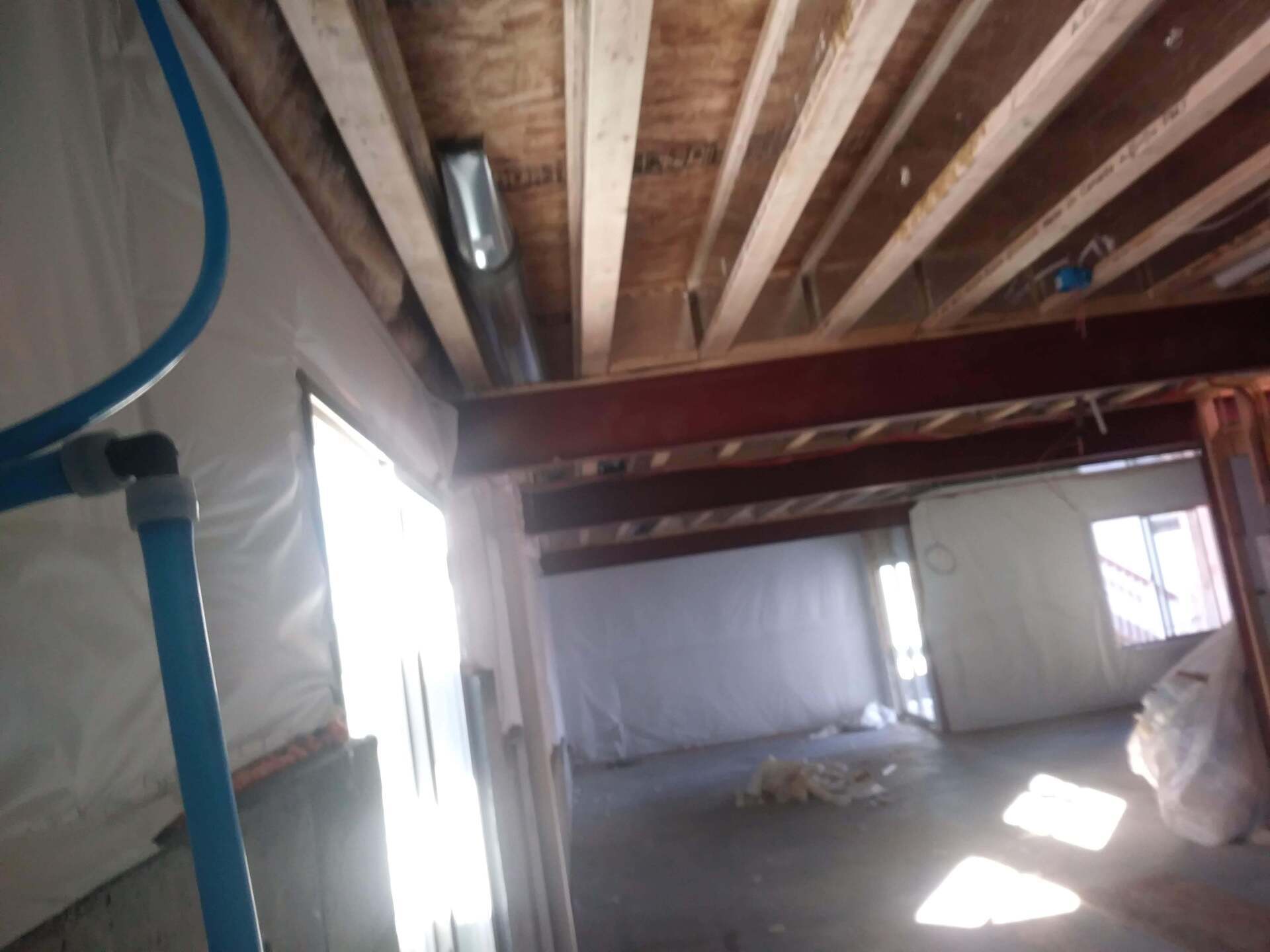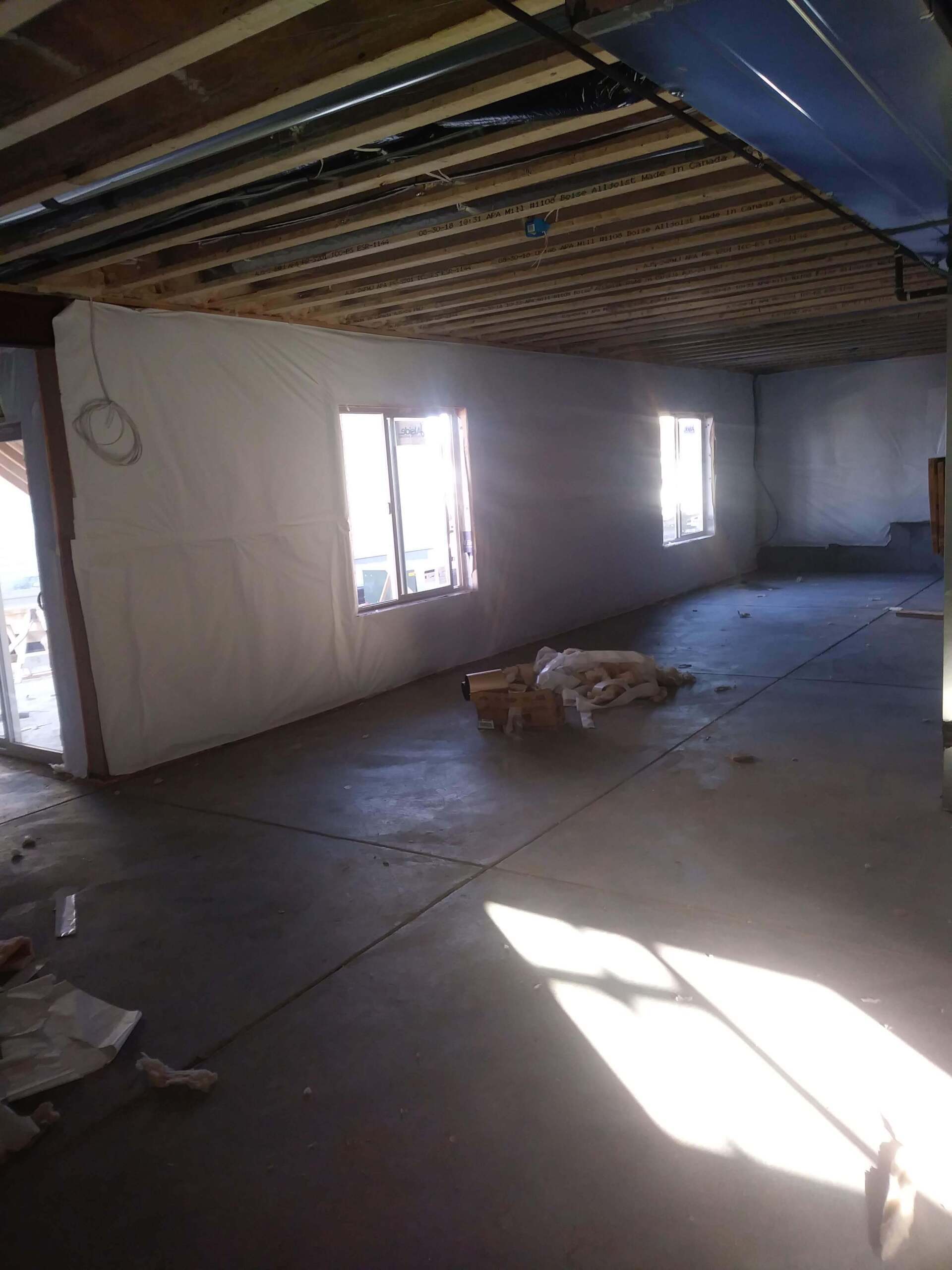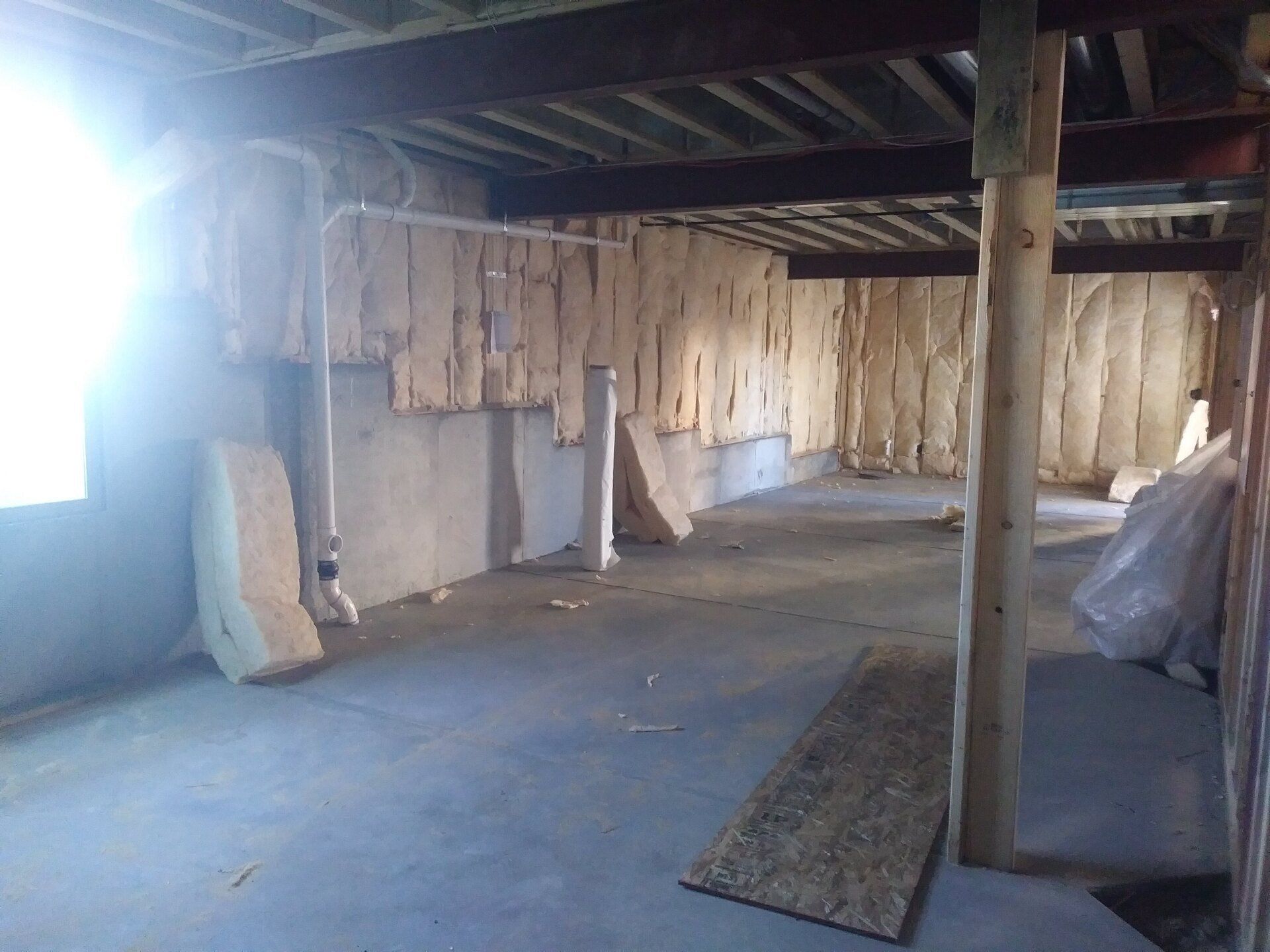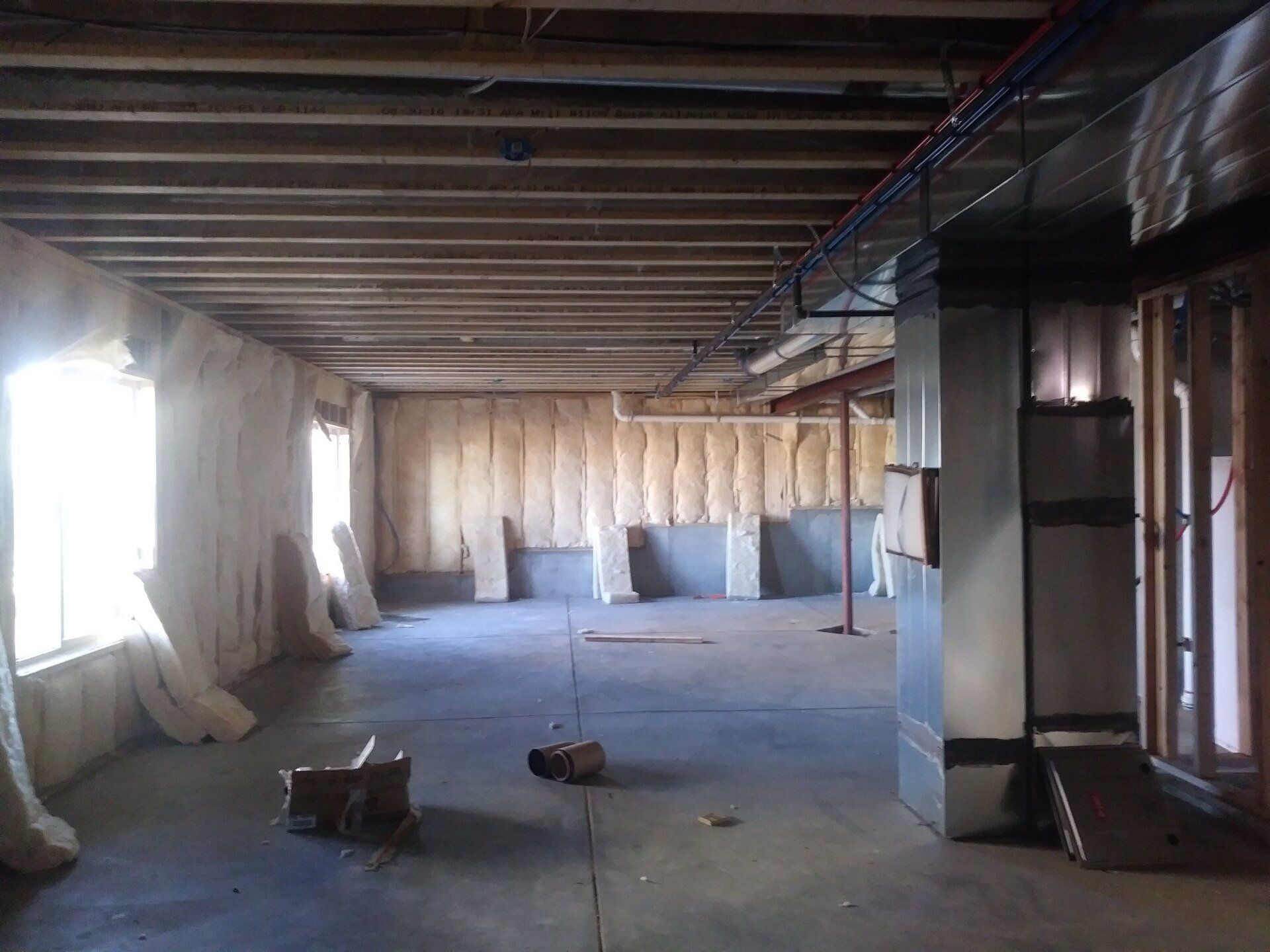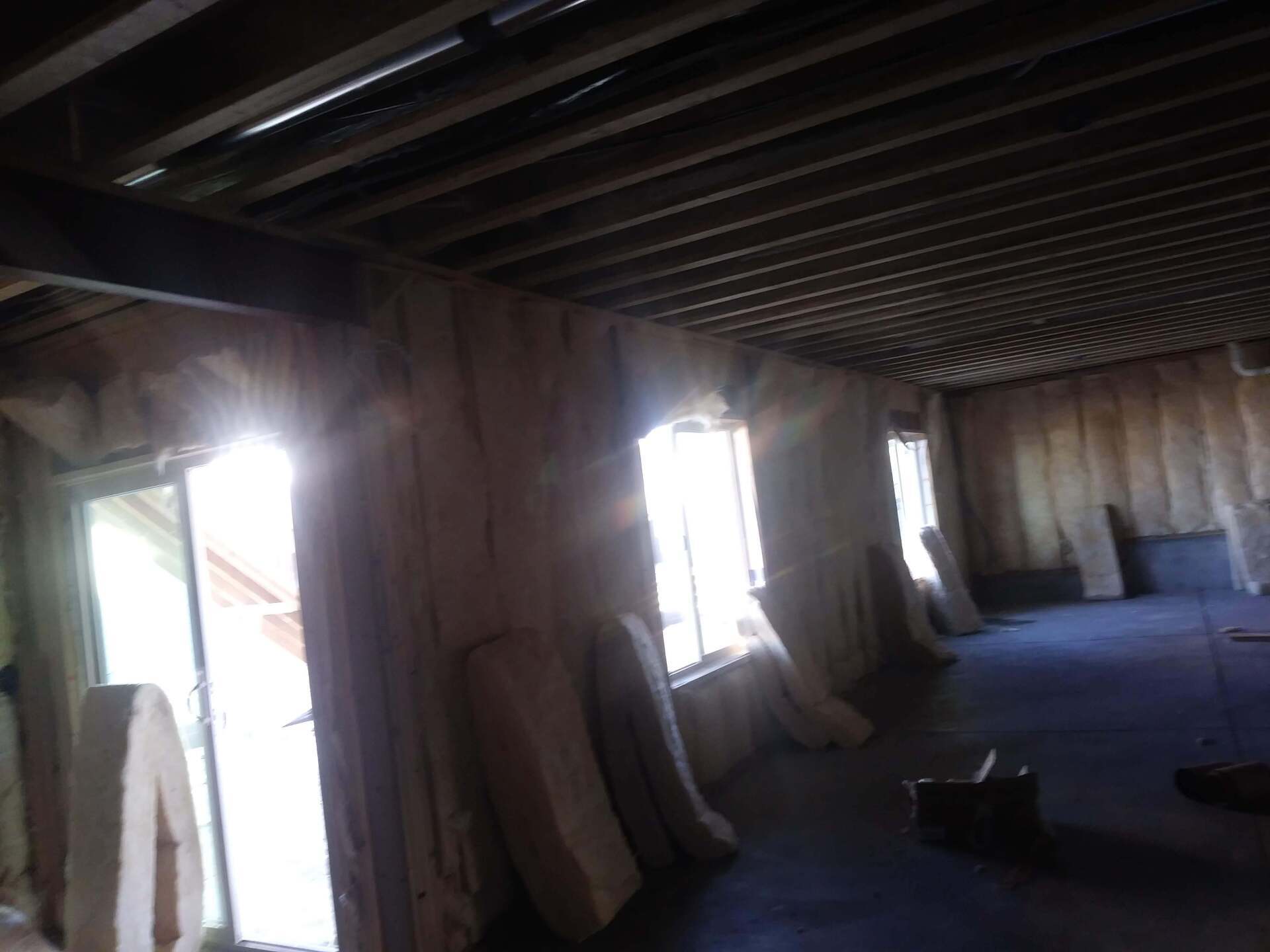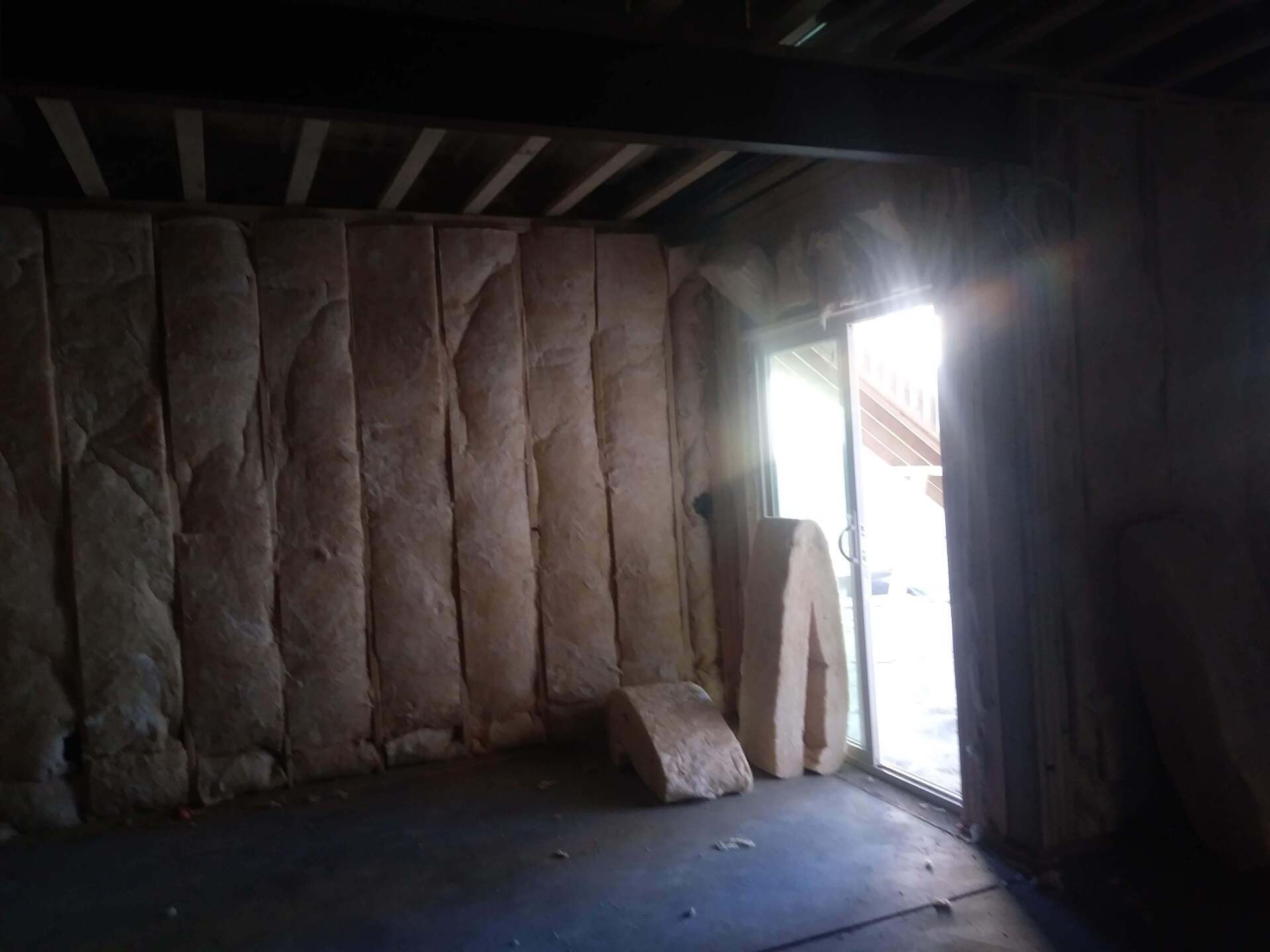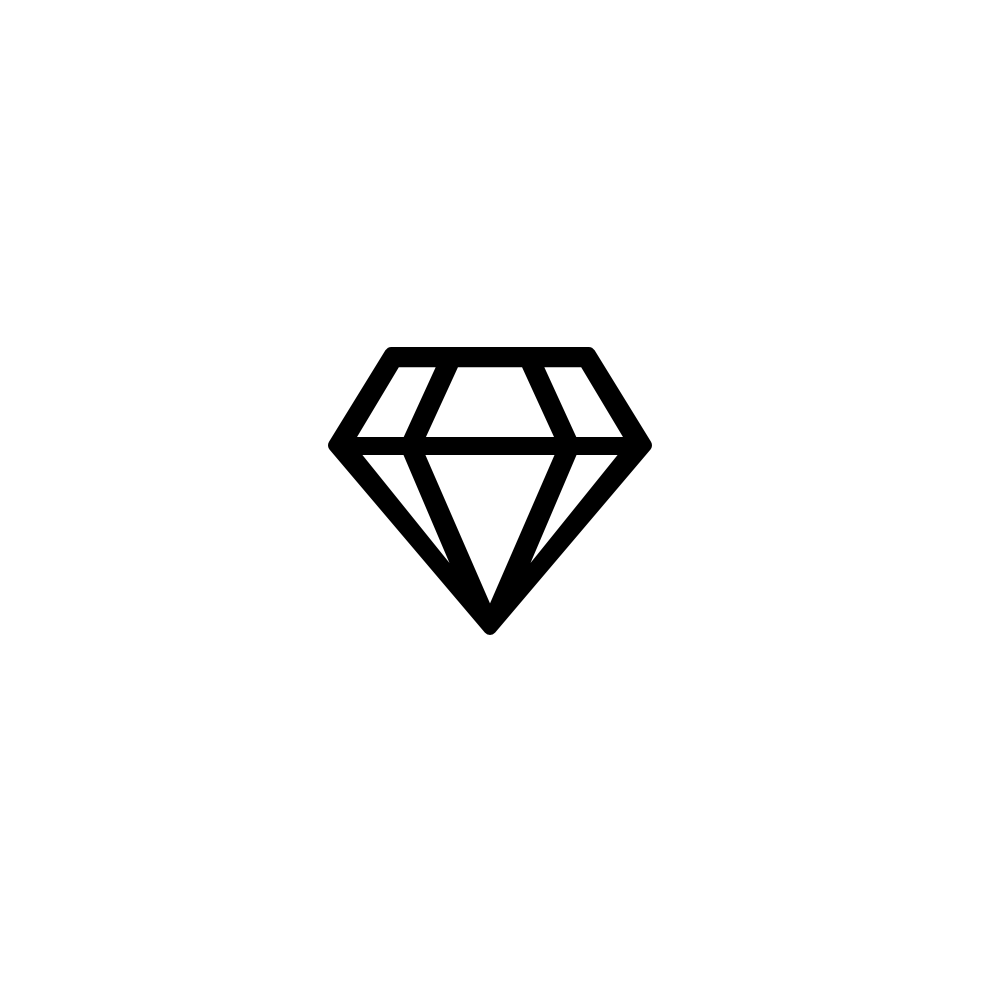Dyno Insulations LLC
About
Dyno Insulation is the best in it's field, and it's all thanks to the incredible relationships we've formed with our clients. Unlike our competitors, we're invested in developing a personal connection with each and every one of our customers, by providing quality service and being available to you 24/7. Get in touch with us when you're ready to learn more; we can't wait to meet you!
Our services
Batt Insulation
Batt insulation is made of fiberglass or mineral wool (also called rock wool). Batt insulation was traditionally manufactured in rolls but is now manufactured and precut into industry-standard sizes.
Batt insulation is installed with facing (called kraft-faced batts) or without facing. The climate determines which type to use. In some climates, the facing on batts can serve as a vapor barrier. Other climates require a separate vapor barrier, in which case unfaced batt insulation is installed. Batt insulation is manufactured in many different R-values. The R-value required for your project depends on your climate, local building codes, and the area you are insulating.
Batt insulation can be used in nearly any type of insulation application. Batt insulation can be used to insulate floors, walls, ceilings, and attics.
The effectiveness of batt insulation depends greatly on how it is installed. To achieve full R-value batt insulation cannot be compressed or packed into space. Our professional insulation contractors have the experience and skill to properly install insulation to maximize effectiveness.
Contact us
Batt insulation is installed with facing (called kraft-faced batts) or without facing. The climate determines which type to use. In some climates, the facing on batts can serve as a vapor barrier. Other climates require a separate vapor barrier, in which case unfaced batt insulation is installed. Batt insulation is manufactured in many different R-values. The R-value required for your project depends on your climate, local building codes, and the area you are insulating.
Batt insulation can be used in nearly any type of insulation application. Batt insulation can be used to insulate floors, walls, ceilings, and attics.
The effectiveness of batt insulation depends greatly on how it is installed. To achieve full R-value batt insulation cannot be compressed or packed into space. Our professional insulation contractors have the experience and skill to properly install insulation to maximize effectiveness.
Firestopping Insulation
Firestopping insulation is designed to stop fire from spreading. Even in the most extreme temperatures, this material can resist heat and melting. A unique characteristic of this particular firestopping insulation is that it doesn’t produce smoke, which makes it a great option for commercial and industrial applications. It upgrades your building to a stronger R-value insulation while also fulfilling fire safety requirements.
Firestopping insulation is lightweight and semi-rigid, made from stone wool and created to provide firestopping and acoustical properties for a variety of buildings. It fills perimeter gaps between concrete flooring, floor and ceiling slabs, exterior walls and firewalls, and can be installed around conduit pipes and duct openings running through floors and walls. Not only it is fire resistant and non-combustible, it also won’t create toxic smoke or allow flames to spread. Other benefits include its ability to increase a building’s energy efficiency, improve thermal stability and control noise coming into and leaving the building.
Contact us
Firestopping insulation is lightweight and semi-rigid, made from stone wool and created to provide firestopping and acoustical properties for a variety of buildings. It fills perimeter gaps between concrete flooring, floor and ceiling slabs, exterior walls and firewalls, and can be installed around conduit pipes and duct openings running through floors and walls. Not only it is fire resistant and non-combustible, it also won’t create toxic smoke or allow flames to spread. Other benefits include its ability to increase a building’s energy efficiency, improve thermal stability and control noise coming into and leaving the building.
Foam Sealants
Self-expanding polyurethane foam sealants. Fills, seals and insulates by forming a durable, air-resistant and water-resistant bond with construction substrates. We use Low-pressure foam for air-sealing, filling and insulating doors, windows, areas around pipe fittings, and electrical outlets without warping the frames or jambs.
Contact us
Vapor Barrier
After the insulation is in place you may want to add a vapor retarder, sometimes called a vapor barrier, if you need one. Not every wall does. A vapor retarder is a material used to prevent water vapor from diffusing into the wall, ceiling or floor during the cold winter.
Whether or not you need a vapor retarder hinges on three main factors: your climate, your home and the location of the wall you're insulating. If a barrier is required, needed, or desired, our team uses the correct barrier material with the best Seal Pro 5/16 USA manufactured staples.
Our professional insulators know what type of barrier should be placed and whether or not a barrier would improve the value of your insulation and effectiveness to your home or commercial business.
Contact us
Customer reviews
Follow
Contact us
We're here to help! Send any questions you have over to us. We look forward to hearing from you.

